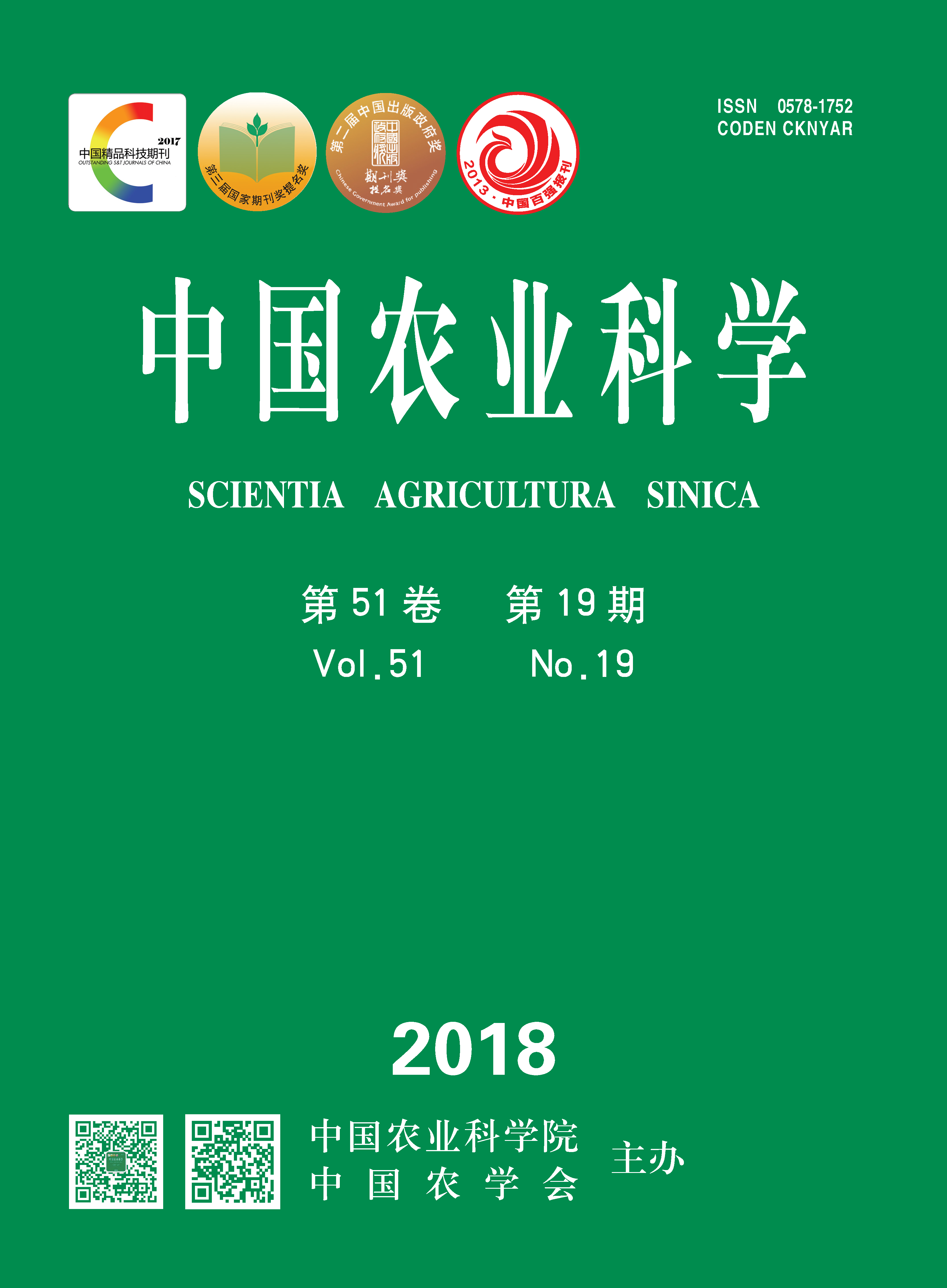-
Effects of Silicon on Plant Growth and Photosynthetic Characteristics of Soybean Seedlings Under Artificial Shade Stress
- LI ShuXian, LIU WeiGuo, GAO Yang, LIU Ting, ZHOU Tao, DU YongLi, YANG Huan, ZHANG Hao, LIU JunDou, YANG WenYu
-
Scientia Agricultura Sinica. 2018, 51(19):
3663-3672.
doi:10.3864/j.issn.0578-1752.2018.19.004
-
 Abstract
(
411 )
Abstract
(
411 )
 HTML
(
29 )
HTML
(
29 )
 PDF (417KB)
(
158
)
PDF (417KB)
(
158
)
 Save
Save
-
References |
Related Articles |
Metrics
【Objective】 This experiment mainly studied the effects of silicon on the growth and photosynthetic characteristics of soybean seedlings under shade stress, in order to provide reference for cultivating strong seedlings of soybean intercropping. 【Method】 In 2017, in the experimental base of Sichuan Agricultural University, two soybean varieties Nandou12 (strong shade-tolerance) and Nan 032-4 (weak shade-tolerance) were used as experimental materials, and the black sun-shade net (50% light transmittance) was used to simulate the shade environment conditions of maize-soybean intercropping. The outdoor pot experiment was carried out, and 4 treatments were set up, including CK (Normal, spraying distilled water), S0 (50% shade, spraying distilled water), S1 (50% shade, spraying 100 mg·kg-1 Na2SiO3·9H2O water solution), and S2 (50% shade, spraying 300 mg·kg-1 Na2SiO3·9H2O aqueous solution), spraying leaf surface of soybean at the seedling stage. The content of silicon, photosynthetic parameters, chlorophyll content, stem diameter and flexural strength of stem, root morphology and root/shoot ratio, dry matter accumulation, and soluble sugar content were measured. Finally, the effects of silicon on the shade tolerance of soybean seedlings were analyzed. 【Result】 The total dry matter accumulation of two soybean varieties, silicon content and soluble sugar content of each organ decreased. At the same time, stem diameter, stem resistance, as well as root length, root surface area, root volume and root/shoot ratio of root traits, were reduced. The sun-shade net reduced the radiation of sunlight to soybean, resulting in the decrease of net photosynthetic rate (Pn) and stomatal conductance (Gs) and transpiration rate (Tr) of soybean plants. While intercellular CO2 concentration (Ci) and chlorophyll content increased with the decrease of light. Soybean varieties with different shade tolerance had different degrees of response to the same shading environment. Nandou12 had strong adaptability under shade stress, therefore, which had higher photosynthetic capacity (net photosynthetic rate, intercellular carbon dioxide concentration, transpiration rate, stomatal conductance, chlorophyll content), stem resistant ability (stem diameter, stalk resistance), and root growth ability (root length, root surface area, root volume, root dry weight). As compared with Nan032-4, Nandou12 had stronger shade tolerance. After S1 treatment under shading conditions, the plants of two soybean varieties had more dry matter accumulation, thicker stem, and stronger stem resistance. In addition, the root volume, root surface area and root volume of the soybean seedlings increased with the increase of Si concentration. And net photosynthetic rate, stomatal conductance and transpiration rate of leaves were higher than that of shade treatment (S0). The intercellular carbon dioxide concentration decreased and chlorophyll content increased. The soluble sugar content of stem and leaf increased. Eventually, seedlings became stronger. However, the sensitivity of different shade tolerant soybean varieties to different concentrations was different. Inside, under the S2 treatment, the net photosynthetic rate, soluble sugar content of leaves and stems of Nandou12 increased by 20.3%, 12.9% and 4.3%, respectively compared with S0 treatment, however, those of Nan032-4 increased by 20.1%, 94.3% and 72.6%, respectively. The intercellular CO2 concentration of Nandou12 and Nan032-4 decreased by 10% and 45.2%, respectively.【Conclusion】Silicon could effectively improve the growth of soybean seedlings under shade stress, enhance photosynthesis ability, stem resistant ability and root absorptive capacity, so as to improve the shade tolerance of soybean.









